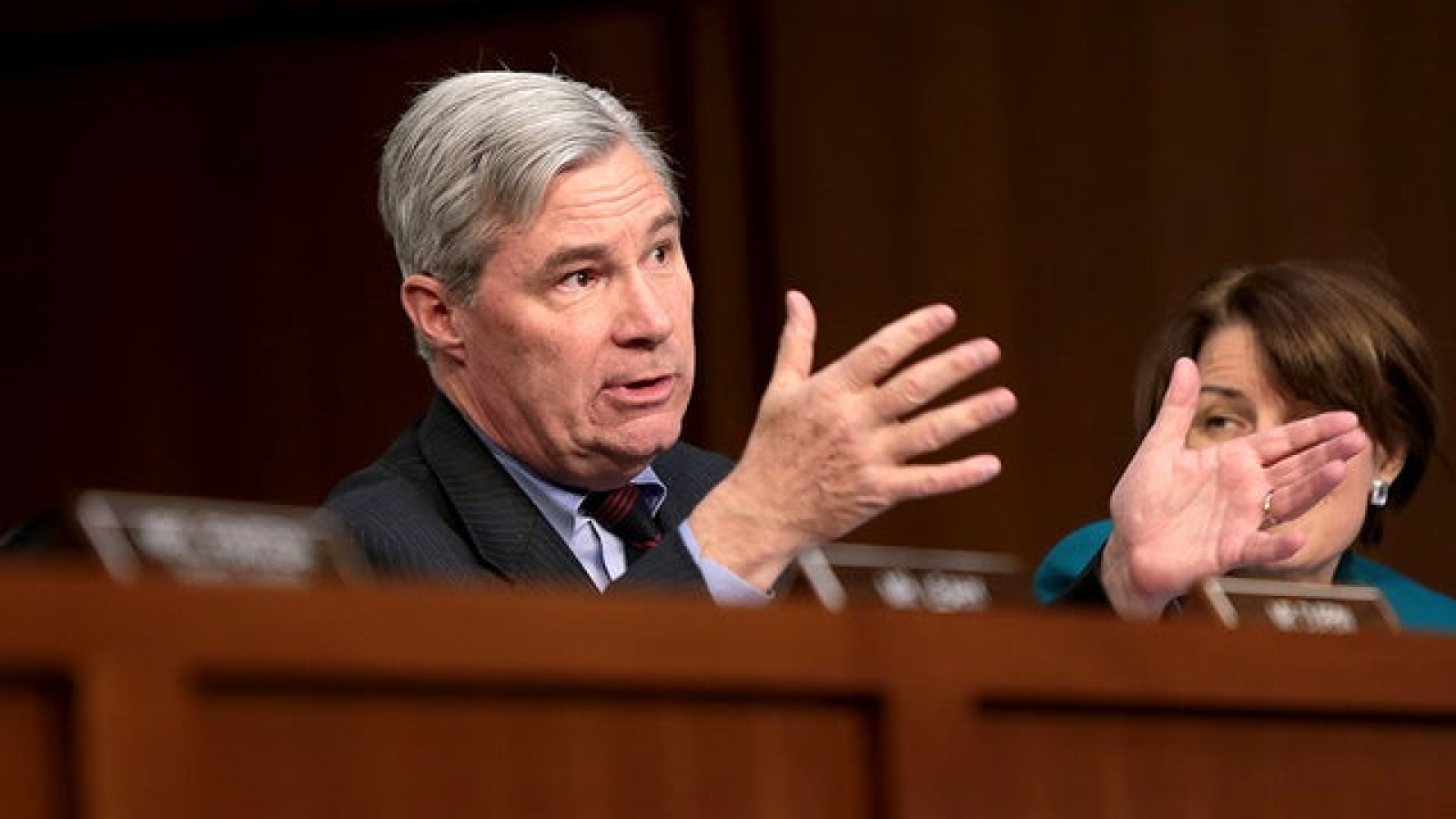In the law of the United States, the Code of Federal Regulations (CFR) is the codification of the general and permanent regulations promulgated by the executive departments and agencies of the federal government of the United States. The CFR is divided into 50 titles that represent broad areas subject to federal regulation.
- In the ‘About’ section of this post is an overview of the issues or challenges, potential solutions, and web links. Other sections have information on relevant legislation, committees, agencies, programs in addition to information on the judiciary, nonpartisan & partisan organizations, and a wikipedia entry.
- To participate in ongoing forums, ask the post’s curators questions, and make suggestions, scroll to the ‘Discuss’ section at the bottom of each post or select the “comment” icon.
The Regulations category has related posts on government agencies and departments and committees and their Chairs.
PBS NewsHour – 28/06/2024 (06:31)
https://www.youtube.com/watch?v=OlYKAEq3iiM
The Supreme Court has swept aside long standing legal precedent in its ruling overturning the Chevron doctrine, majorly curtailing the power of federal agencies to interpret the laws they regulate. The decision is expected to have far-reaching implications on everything from the environment to healthcare. Geoff Bennett took a closer look with Andrew Mergen.
OnAir Post: Regulations





















